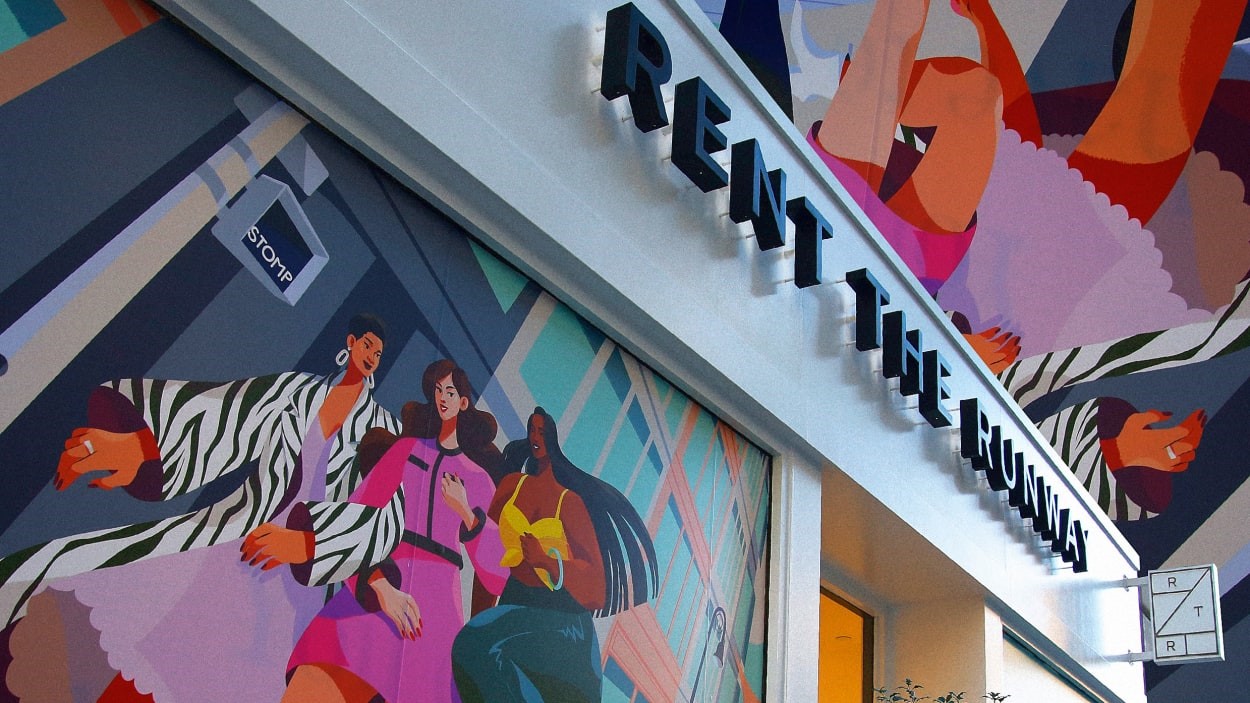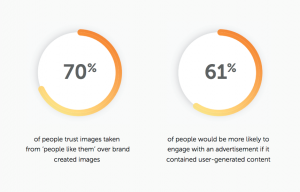Rent the Runway, the 14-year-old fashion rental company, is restructuring, cutting 10% of its corporate jobs, which is equivalent to 37 employees. And its chief operating officer and president, Anushka Salinas, will leave at the end of the month, after 11 years at the company.
Jennifer Hyman, Rent the Runway’s cofounder, CEO, and chair of the board, says this is all designed to help the company break even and achieve profitability.
Hyman cofounded Rent the Runway with Jennifer Fleiss after graduating from Harvard Business School in 2009. At the time, the idea of building a clothing rental business was radical, but consumers quickly came around to the idea, and the company grew quickly. It partnered with fashion labels to buy large volumes of dresses and built enormous dry-cleaning facilities to keep gowns in good shape for each new customer. To fuel this growth, the company raised $337 million in venture capital, and was valued at $1 billion in 2019.
But the pandemic dealt a major blow to Rent the Runway, which was premised on offering consumers variety in their wardrobe. When COVID-19 hit the U.S. and people were stuck at home wearing sweatpants, a full 60% of subscribers paused or canceled their subscriptions. Hyman laid off a third of her employees and furloughed another 37%. And while some customers did eventually come back, the company has been dealing with a decline in paid subscribers for several quarters, according to The Wall Street Journal. In spite of these challenges, Hyman took Rent the Runway public in October 2021. The IPO was underwhelming, with the peak stock price hitting $24.77.
Hyman says that over the past few months she has focused on improving the company’s financial margins. Last September, Rent the Runway laid off 24% of its employees. In December, it restructured its debt. But now, Hyman says, Rent the Runway is on the cusp of profitability. And she wants to focus on growing the business.
“It’s about using the dollars we have—and freeing up additional dollars—to invest in marketing, PR, and partnerships, and getting the brand back out into the universe in a way we just haven’t seen over the last few years,” she says. “We’re actually still hiring in roles like creative and marketing and production—things that we believe are going to accelerate growth.”
One reason Hyman believes that the company can achieve profitability is that consumer behavior appears to be returning to the pre-pandemic norm. She says that there are four main reasons customers use Rent the Runway: for work, going out, weddings and special occasions, and vacation. It wasn’t until the middle of 2023 that the company began seeing customers order clothes for all of these use cases. “All four pieces of that pie are now all the way back to where they were for the first 10 years of the business,” she says.
That said, the fashion landscape has changed considerably since Rent the Runway first entered the market, which could present new challenges. The resale market is exploding and is expected to nearly double to $350 billion by 2027, according to ThredUp. This means that there are more ways for customers to buy and sell designer goods, rather than renting them. Ultra fast-fashion brands like Shein have popped up, so younger consumers can now fill their closets with the latest styles at rock-bottom prices.
And then there are other rental competitors. Luxury brands like Canada Goose are exploring offering their own rental services. And Urban Outfitters’ parent company has launched Nuuly, its own rental service, which achieved its first profitable quarter in 2023.
Hyman says that the success of these other companies is good news for Rent the Runway, because it’s a sign that consumers are willing to adopt rental as a lifestyle. Based on her market analysis, she estimates that there are about 2.5 million women in the U.S. who currently rent clothes, and that figure could increase by 15% annually. “I no longer think that renting is a niche behavior,” Hyman says. “It’s not yet mass behavior, but it has the potential to be. I’m more bullish about this category than I have ever been.”
(9)








